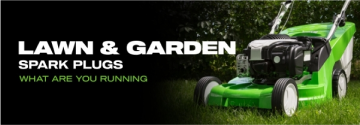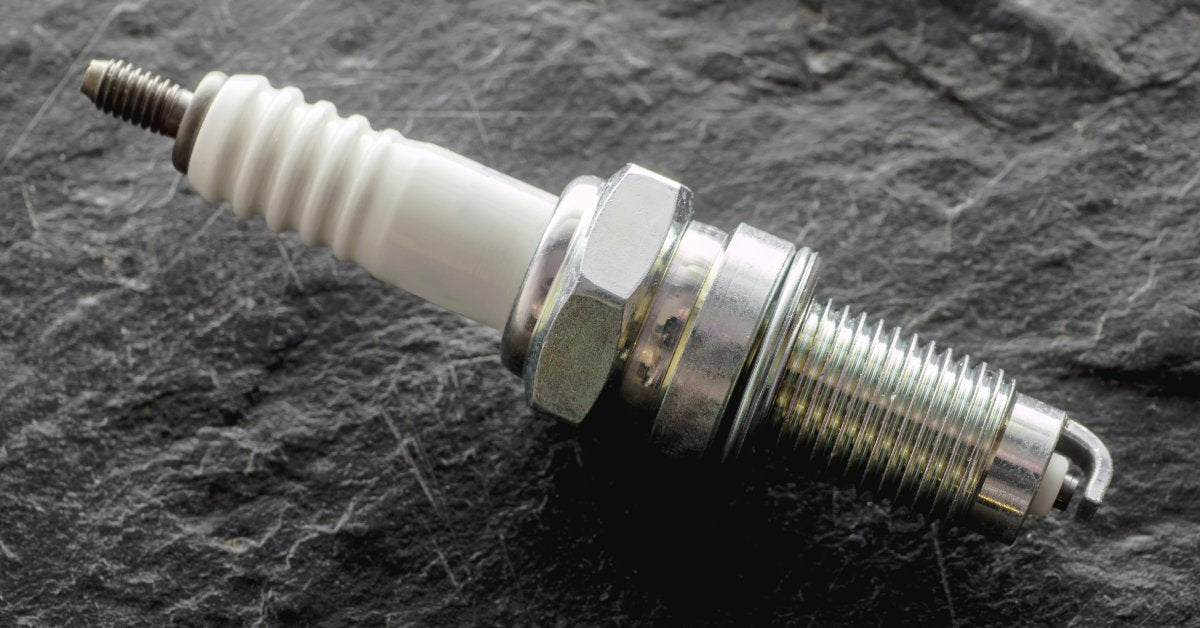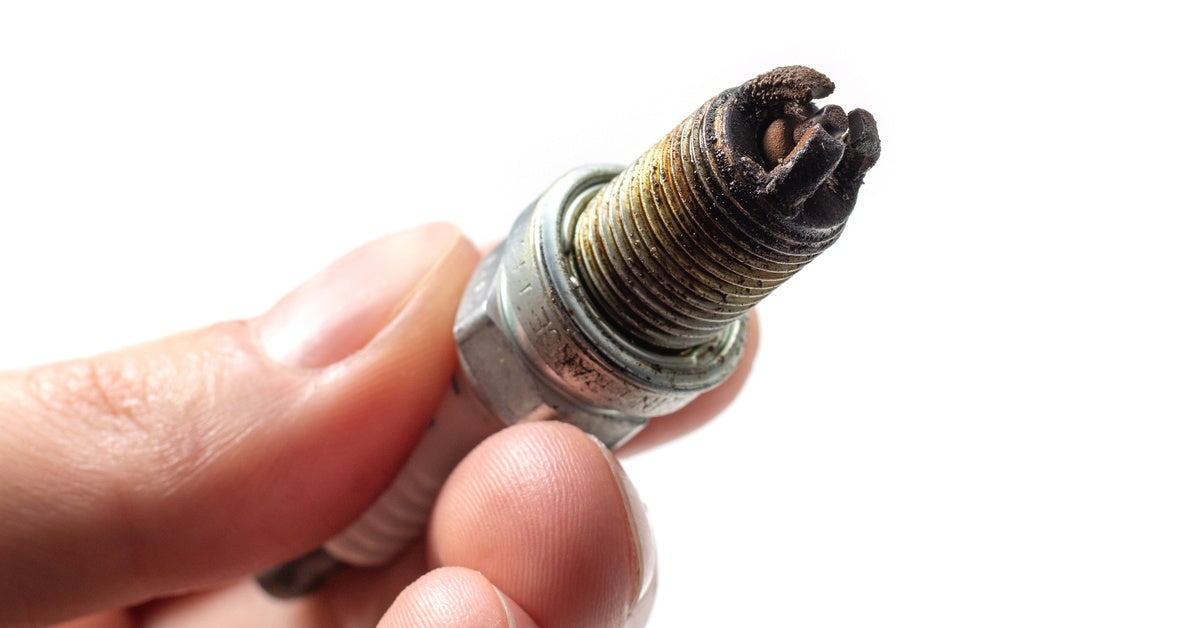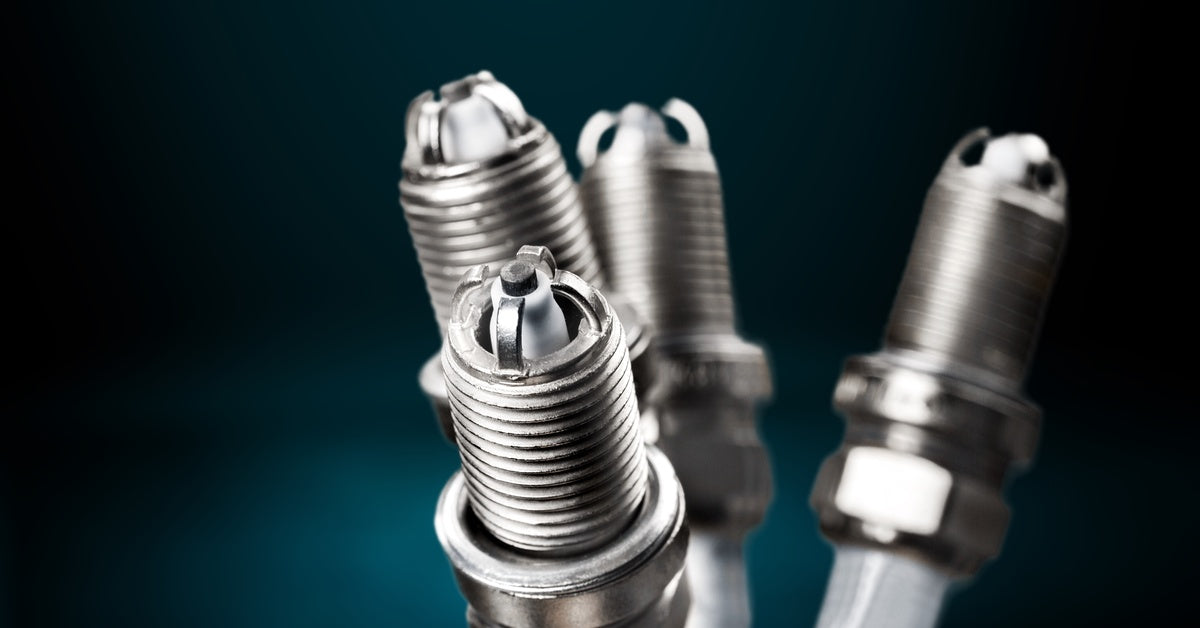
Does your engine run poorly, and you can’t figure out why? If you’ve checked and it’s not the oil, air filter, or fuel system, then the culprit might be hiding in the engine’s cylinder head. There are a few negative things that could happen if you use the wrong spark plug in your vehicle. When you understand the consequences of mismatched spark plugs, you can keep your engine running and confirm that something more serious isn’t going on.
Engine Performance Takes a Hit
You’ll immediately notice your engine struggles when you don’t use the right plug. It makes the combustion process inefficient because the plug cannot create the proper spark at the right time. The part may fail to ignite the fuel-air mixture completely, resulting in weak acceleration and reduced power output. Engines rely on precise timing and proper ignition to function correctly.
Your engine works harder to produce the same amount of power if you use the wrong plug. The engine control unit tries to compensate for poor combustion by adjusting fuel delivery and ignition timing. These adjustments typically consume more fuel because the engine cannot burn it efficiently with mismatched plugs.
Modern engines with sophisticated computer systems may enter “limp mode” when they detect combustion irregularities, which limits engine performance.
Constant Misfire Problems
What else happens if you use the wrong spark plug? The most noticeable symptom is persistent engine misfiring. You’ll feel the engine stumble, hesitate, or shake during acceleration or when idle.
A misfire creates multiple problems throughout the engine system. Unburned fuel passes through the combustion chamber and enters the exhaust system, where it can damage the catalytic converter. The engine’s computer detects these misfires and may illuminate the check engine light to alert you to the problem.
Wrong spark plugs may also cause the engine to struggle with consistent RPMs at idle, leading to vibrations. Stalling becomes more frequent, especially when the engine is cold or under a heavy load.
Motorcycles and smaller engines are particularly sensitive to spark plug mismatches. A motorcycle with incorrect plugs may refuse to start on cold mornings or stall at traffic lights when the engine temperature drops.
Trouble With Starting Up

Engines with incorrect plugs become increasingly difficult to start. You might find yourself cranking the engine multiple times before it finally catches and runs.
Cold weather exacerbates starting problems because engines require stronger sparks when temperatures drop. An insufficient heat range or incorrect gap setting cannot provide the robust ignition needed for reliable cold starts. Eventually, the engine may refuse to start altogether.
Repeated attempts to start an engine put excessive strain on the battery and starter motor. Extended cranking periods drain the battery faster and force the starter to work beyond its normal duty. Both components wear prematurely under these conditions, leading to additional repair costs.
Increased Emissions and Environmental Impact
Incomplete combustion increases harmful emissions from your vehicle or equipment. Unburned hydrocarbons, carbon monoxide, and nitrogen oxides exit through the exhaust system at high concentrations. These emissions contribute to air pollution and may cause your vehicle to fail emissions testing.
The catalytic converter processes these excess emissions. Over time, unburned fuel and combustion byproducts can clog or damage the converter, requiring expensive replacement. Modern vehicles closely monitor emissions system performance, and the wrong spark plugs often trigger diagnostic trouble codes.
Carbon Buildup and Fouling
Plugs with incorrect heat ranges cannot burn off carbon deposits during normal operation. These deposits accumulate on electrodes, cylinder heads, and intake valves, further degrading engine performance.
Carbon fouling creates a vicious cycle of poor performance. Fouled parts cannot generate strong sparks, leading to incomplete combustion and more carbon formation. Eventually, the buildup becomes so severe that the engine requires professional cleaning or component replacement.
Carbon buildup can also contaminate engine oil with combustion byproducts. The oil becomes thicker and less effective at lubricating engine components.
Engine Knock and Preignition
When the fuel-air mixture ignites before the spark plug fires or ignites in multiple locations, the pressure waves create metallic knocking sounds and can severely damage engine internals.
Preignition generates extreme cylinder pressures and temperatures that exceed design limits. Pistons, connecting rods, and crankshafts face stresses they cannot handle long-term. Continued operation under these conditions leads to catastrophic engine failure, requiring complete rebuilding or replacement.
Irregular combustion forces disrupt the precise timing relationships between pistons and valves. Bent valves, stretched timing chains, or jumped timing marks are common results of prolonged knock conditions.
Overheating Problems

Overheating is another problem that the wrong part can cause. Plugs could transfer excess heat to surrounding components, accelerating wear on gaskets, seals, and metal components throughout the engine.
Head gasket failure becomes more likely when cylinder head temperatures exceed normal ranges. Warped cylinder heads or cracked engine blocks represent worst-case scenarios that require major repairs.
The oxygen sensors that monitor exhaust gas composition can also be affected. They provide feedback to the engine control unit for fuel mixture adjustments. Contaminated sensors send false signals that further degrade engine performance and emissions control.
Long-Term Engine Damage
You can make engine damage worse the longer you use the wrong parts. Cylinder walls develop scoring from poor lubrication and overheating. Piston rings lose their sealing ability due to carbon buildup and thermal stress.
Valve seats and faces wear irregularly when combustion pressures and temperatures exceed normal ranges. The engine gradually loses compression, reducing power output and fuel economy. Eventually, major engine components require replacement or rebuilding to restore proper function.
Transmission and Drivetrain Stress
Engines running poorly place additional stress on transmissions and drivetrain components. The transmission must compensate for reduced engine power, causing clutches, bands, and torque converters to wear prematurely. Manual transmissions may experience clutch slippage or difficulty shifting gears.
The solution involves more than grabbing the cheapest option from the parts store shelf. Consult your owner’s manual or speak with experts to identify the correct plugs for your application.
Quality spark plugs represent a small investment that protects much larger investments in engines and emissions systems. The few dollars saved by using wrong or cheap plugs pale in comparison to potential repair costs from engine damage.
E3 Spark Plugs offers high-performance spark plugs that improve combustion efficiency and reduce emissions compared to conventional options. Our unique flame kernel shape promotes more complete fuel burning and cleaner operation across various engine types. Browse through our collection today to match the right part to your engine.







